Overwhelmed... Remodeling 3 bathrooms at once
msbrandywinevalley
11 years ago
Related Stories
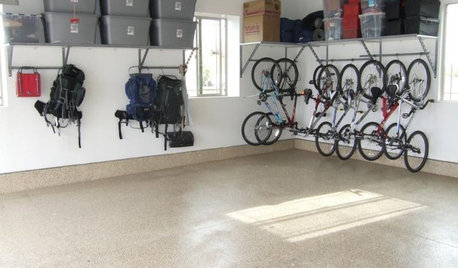
MOST POPULARGarage Cleaning Tips for the Overwhelmed
Don’t let this catch-all space get the better of you. These baby steps can get you started
Full Story
MOST POPULARBlast Decluttering Roadblocks Once and for All
Change your thinking to get the streamlined, organized home of your dreams
Full Story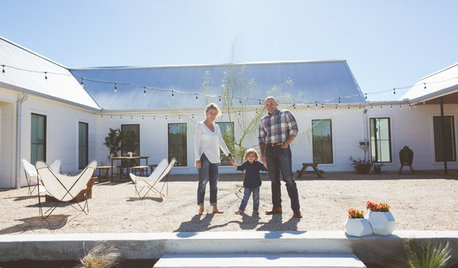
REMODELING GUIDESHow to Remodel Your Relationship While Remodeling Your Home
A new Houzz survey shows how couples cope with stress and make tough choices during building and decorating projects
Full Story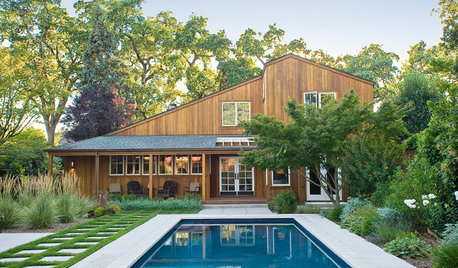
CONTEMPORARY HOMESHouzz Tour: A Wine Country Home, Reinvented Once Again
Ten years after its first renovation, a 4-bedroom Northern California house gets another redo — this time with timelessness in mind
Full Story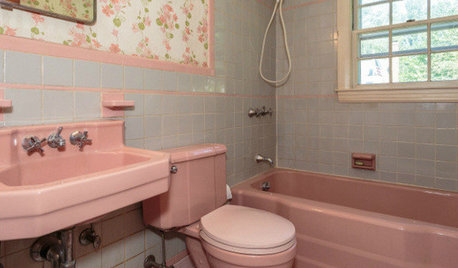
BATHROOM COLOR8 Ways to Spruce Up an Older Bathroom (Without Remodeling)
Mint tiles got you feeling blue? Don’t demolish — distract the eye by updating small details
Full Story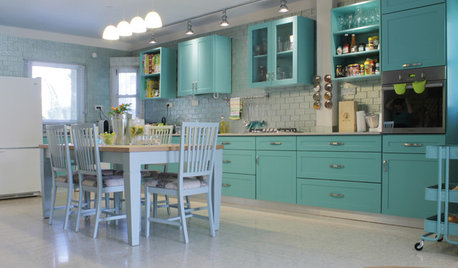
HOUZZ TOURSMy Houzz: Candy Colors Add Pop to a Once-Neglected Home
Blue cabinetry, Orla Kiely wallpaper and a reimagined staircase are just the right touches for a young family
Full Story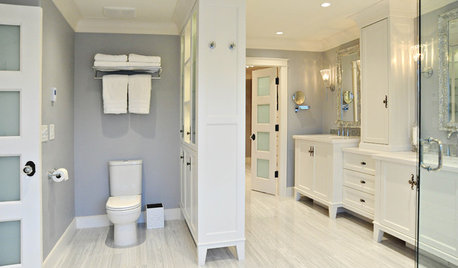
BATHROOM DESIGNBath Remodeling: So, Where to Put the Toilet?
There's a lot to consider: paneling, baseboards, shower door. Before you install the toilet, get situated with these tips
Full Story
BATHROOM DESIGNConvert Your Tub Space Into a Shower — the Tiling and Grouting Phase
Step 3 in swapping your tub for a sleek new shower: Pick the right tile and test it out, then choose your grout color and type
Full Story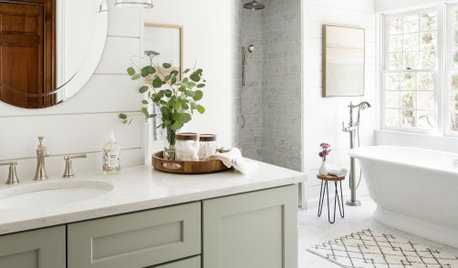
BATHROOM DESIGN14 Design Tips to Know Before Remodeling Your Bathroom
Learn a few tried and true design tricks to prevent headaches during your next bathroom project
Full Story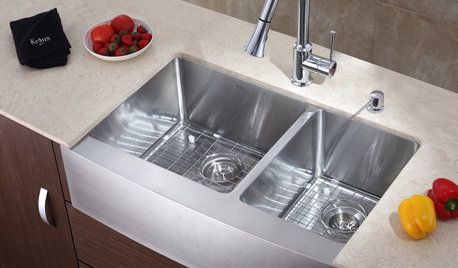
MOST POPULAR8 Little Remodeling Touches That Make a Big Difference
Make your life easier while making your home nicer, with these design details you'll really appreciate
Full StoryMore Discussions






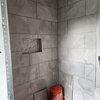
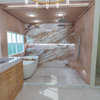

gmp3
phiwwy
Related Professionals
Flint Kitchen & Bathroom Designers · Newington Kitchen & Bathroom Designers · Ossining Kitchen & Bathroom Designers · Piedmont Kitchen & Bathroom Designers · Woodlawn Kitchen & Bathroom Designers · Saint Charles Kitchen & Bathroom Designers · Allouez Kitchen & Bathroom Remodelers · Idaho Falls Kitchen & Bathroom Remodelers · Ridgefield Park Kitchen & Bathroom Remodelers · Barstow Heights Glass & Shower Door Dealers · Novato Glass & Shower Door Dealers · Norfolk Cabinets & Cabinetry · Rowland Heights Cabinets & Cabinetry · New Baltimore Window Treatments · North Tustin Window Treatmentscat_mom
VictoriaElizabeth
kmcg
msbrandywinevalleyOriginal Author
sas95
phiwwy
msbrandywinevalleyOriginal Author
kmcg
msbrandywinevalleyOriginal Author
annkathryn